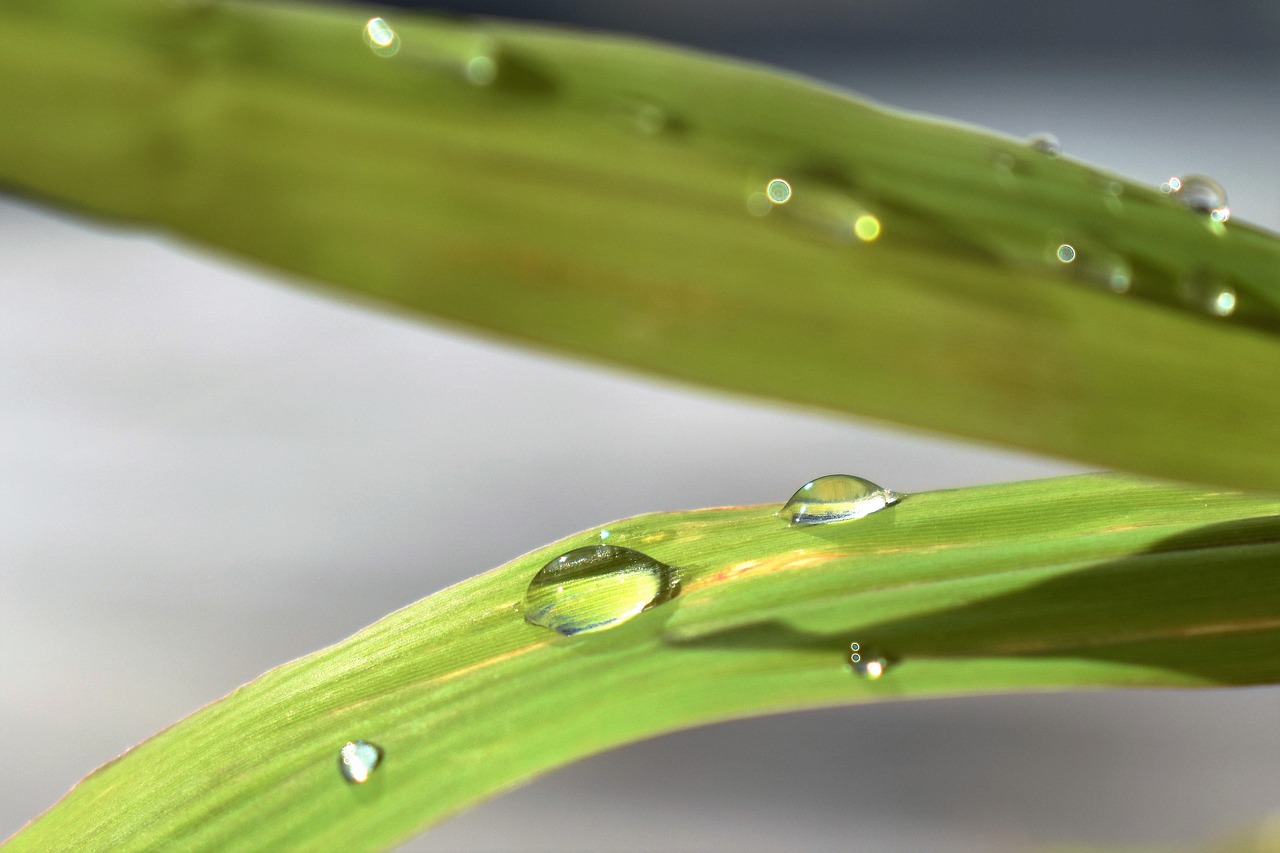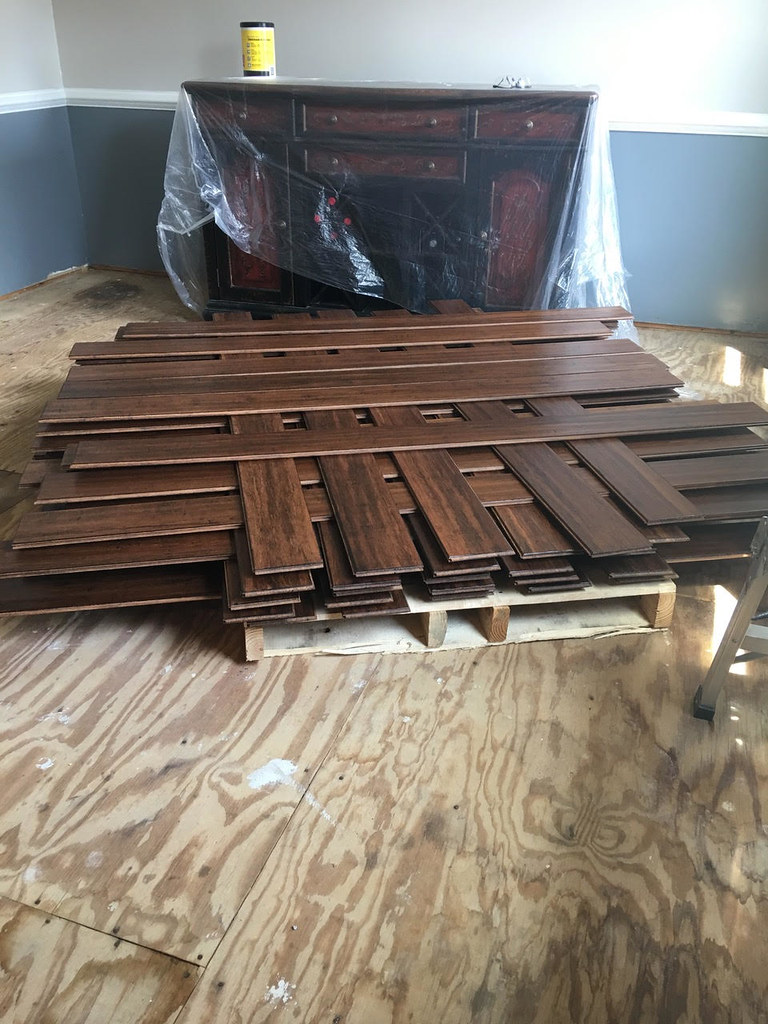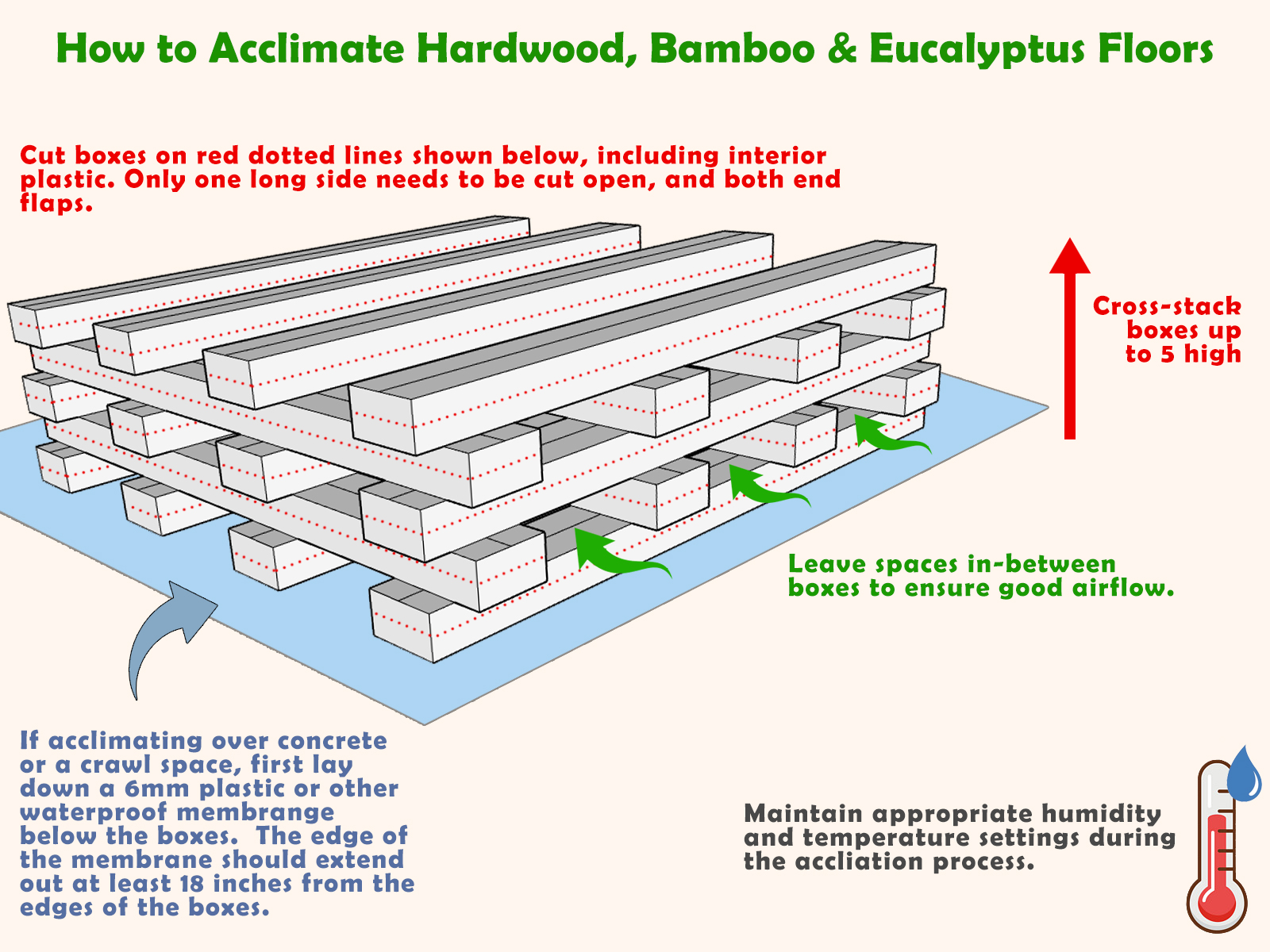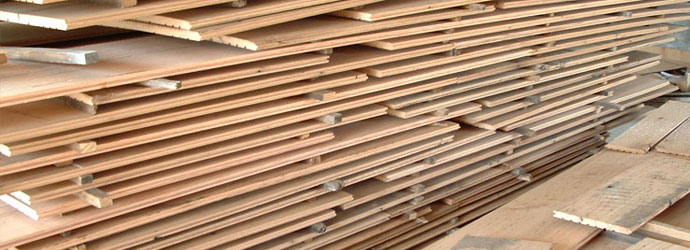Understanding the Importance of Acclimating Bamboo Flooring
Acclimating bamboo flooring is a crucial step in ensuring its longevity and stability. Many homeowners are unaware of the significance of acclimation and may overlook this important process. Let’s explore why acclimating bamboo flooring is essential and how it contributes to the overall performance and durability of the flooring.
- Preventing Warping and Buckling: Acclimating bamboo flooring allows it to adjust to the moisture levels of its environment. Bamboo is a natural material that can expand or contract depending on humidity levels. By acclimating the flooring, you give it time to adapt to its surroundings, minimizing the risk of warping or buckling. This is particularly important in areas with high humidity or significant moisture fluctuations.
- Ensuring Proper Installation: Acclimating bamboo flooring before installation ensures that it will fit properly and lay flat on the subfloor. Unacclimated flooring may not align correctly or may develop gaps between the planks. This can compromise the aesthetics and functionality of the flooring. By allowing the bamboo to acclimate, you set the stage for a seamless and professional installation.
- Allowing for Stability: Proper acclimation allows the bamboo flooring to stabilize, reducing the chances of cupping or crowning. Cupping occurs when the edges of the planks curl upward, while crowning is the opposite, with the center of the plank being higher than the edges. Both of these issues can lead to an uneven surface and potential tripping hazards. Acclimating the bamboo flooring minimizes these risks and ensures a stable and level floor.
- Enhancing Longevity: Acclimation is key to preserving the lifespan of bamboo flooring. By allowing the flooring to adjust to its environment, you reduce the stress on the material and minimize the chances of damage over time. When bamboo flooring is properly acclimated, it is better equipped to withstand everyday wear and tear, maintaining its beauty and functionality for years to come.
- Improving Indoor Air Quality: Acclimating bamboo flooring also plays a role in improving indoor air quality. Bamboo is known for its low VOC (volatile organic compound) emissions, which can contribute to a healthier living environment. By acclimating the flooring, any residual VOCs from the manufacturing process can be released, ensuring that the air in your home remains clean and free of harmful substances.

Factors Affecting the Acclimation Period for Bamboo Flooring
The acclimation period for bamboo flooring can vary depending on several factors. It is essential to consider these factors to ensure that the bamboo flooring is given sufficient time to adjust to its environment. Here are the key factors that can influence the acclimation period for bamboo flooring and how to determine the appropriate duration for acclimation.
- Ambient Temperature and Humidity: The temperature and humidity of the installation area play a significant role in the acclimation process. Bamboo flooring expands in high humidity and contracts in low humidity. It is crucial to measure the temperature and humidity levels in the room where the flooring will be installed. A digital hygrometer can help monitor these conditions accurately. Based on the manufacturer’s recommendations, you can determine the ideal range for acclimating the bamboo flooring.
- Moisture Content of the Flooring: The moisture content of the bamboo flooring itself is another important factor to consider. Before acclimation, it is crucial to measure the moisture content of the flooring using a moisture meter. This will help determine if the flooring needs to be dried or if it is already within an acceptable range. Different manufacturers may have specific moisture content recommendations, so it is essential to consult the product documentation for accurate guidelines.
- Size and Thickness of the Flooring: The size and thickness of the bamboo flooring can influence the acclimation period. Thicker flooring may require a longer acclimation period to ensure proper adjustment to the environment. Similarly, wider planks may need more time compared to narrower ones. It is advisable to consult the manufacturer’s recommendations regarding acclimation time based on the specific dimensions of the bamboo flooring being installed.
- Installation Method: The installation method used can also impact the acclimation period. For floating installations, where the flooring is not directly attached to the subfloor, the acclimation period may be shorter. However, for glue-down or nail-down installations, it is crucial to allow for a more extended acclimation period to ensure proper bonding with the subfloor and prevent potential issues such as gaps or buckling.
- Geographic Location: Geographic location can influence the acclimation period due to variations in climate and humidity levels. Areas with high humidity or significant temperature fluctuations may require longer acclimation periods compared to more stable climates. It is essential to consider the local climate when determining the appropriate duration for acclimation.
How to Properly Acclimate Bamboo Flooring
Properly acclimating bamboo flooring is crucial for its long-term performance and durability. By allowing the flooring to adjust to its environment, you minimize the risk of issues such as warping, buckling, and uneven surfaces. Follow this step-by-step guide on how to properly acclimate bamboo flooring, ensuring a successful installation.
Prepare the Installation Area: Before starting the acclimation process, ensure that the installation area is ready. Clean the subfloor thoroughly, removing any debris or dust. Ensure that the subfloor is dry and level, as this will provide a stable foundation for the bamboo flooring. It is also advisable to measure the temperature and humidity levels in the room to establish a baseline.
Unbox the Bamboo Flooring: Carefully unbox the bamboo flooring and remove any plastic wrap or packaging. Allow the flooring to breathe and come into contact with the surrounding air. This will initiate the acclimation process.
Stagger the Flooring Planks: To promote proper airflow and acclimation, stagger the bamboo flooring planks. Lay them out in a single layer, leaving space between each plank. This will allow air to circulate the planks, aiding in the acclimation process.
Monitor the Acclimation Period: Monitor the acclimation period closely by measuring the temperature and humidity levels regularly. Use a digital hygrometer to obtain accurate readings. Follow the manufacturer’s recommendations regarding the ideal temperature and humidity range for acclimation. Keep in mind that the acclimation period can vary depending on factors such as the size and thickness of the flooring, ambient conditions, and geographic location.
Extend the Acclimation Period, if Necessary: If the bamboo flooring has not reached the desired moisture content or if the temperature and humidity levels are not within the recommended range, consider extending the acclimation period. It is better to err on the side of caution and give the flooring more time to adjust rather than rushing the installation. Remember, proper acclimation is essential for the long-term performance of the bamboo flooring.
Check for Readiness: Once the bamboo flooring has acclimated for the recommended duration, check if it is ready for installation. Measure the moisture content of the flooring using a moisture meter, ensuring that it falls within the acceptable range. Confirm that the temperature and humidity levels in the room are stable. If everything meets the required criteria, the bamboo flooring is now ready for installation.
Signs That Your Bamboo Flooring is Fully Acclimated
Determining whether your bamboo flooring is fully acclimated is essential before proceeding with the installation. Acclimation allows the flooring to adjust to its environment, ensuring stability and reducing the risk of issues such as warping or buckling. Let’s talk about the signs that indicate your bamboo flooring is fully acclimated and ready for installation.
Consistent Moisture Content: One of the key signs that your bamboo flooring is fully acclimated is consistent moisture content. Before acclimation, measure the moisture content of the flooring using a moisture meter. Monitor the moisture levels during the acclimation period, ensuring that they stabilize within an acceptable range. If the moisture content remains consistent over time, it indicates that the bamboo flooring has successfully adjusted to the environment.
Stable Temperature and Humidity Levels: Fully acclimated bamboo flooring will exhibit stable temperature and humidity levels. Measure the temperature and humidity in the room where the flooring will be installed during the acclimation period. If these levels remain constant within the recommended range, it is a good indication that the flooring has adapted to its surroundings. Stable temperature and humidity levels contribute to the long-term stability and performance of the bamboo flooring.
No Visible Signs of Warping or Buckling: Another sign that your bamboo flooring is fully acclimated is the absence of visible warping or buckling. Inspect the flooring planks closely for any signs of distortion or unevenness. Fully acclimated bamboo flooring will lay flat and level, without any noticeable gaps or raised edges. If the planks appear stable and uniform, it indicates that they have successfully adjusted to the moisture levels in the room.
Proper Fit and Alignment: When bamboo flooring is fully acclimated, it should fit properly and align seamlessly. Check the edges of the planks to ensure they fit snugly together without any gaps or unevenness. Fully acclimated flooring will maintain its dimensions and not shrink or expand significantly after installation. If the planks align correctly and create a smooth and uniform surface, it is a clear indication that the bamboo flooring is fully acclimated.
Passed the Moisture Tests: Performing moisture tests on the bamboo flooring can help determine if it is fully acclimated. Use a moisture meter to measure the moisture content of the flooring at various locations. If the moisture content falls within the acceptable range specified by the manufacturer, it indicates that the bamboo flooring has reached equilibrium with the environment. Passing the moisture tests is a strong indicator that the flooring is ready for installation.
Recommendation from Manufacturer: Always refer to the manufacturer’s guidelines and recommendations regarding the acclimation period for bamboo flooring. Manufacturers typically provide specific instructions and timeframes for acclimating their products based on their unique characteristics. If you have followed the recommended acclimation period and conditions provided by the manufacturer, your bamboo flooring is likely fully acclimated and ready for installation.
Benefits of Allowing Sufficient Time for Bamboo Flooring Acclimation
Allowing sufficient time for bamboo flooring acclimation offers numerous benefits that contribute to the overall performance and longevity of the flooring. Many homeowners may overlook the importance of this process, but investing time in proper acclimation can result in a more stable and durable floor. Here are the benefits of allowing sufficient time for bamboo flooring acclimation.
Minimizes the Risk of Warping and Buckling: One of the primary benefits of acclimating bamboo flooring is minimizing the risk of warping and buckling. Bamboo is a natural material that expands in high humidity and contracts in low humidity. By allowing the flooring to adjust to the moisture levels of its environment, you reduce the chances of warping or buckling. This ensures that your bamboo flooring remains flat, even, and visually appealing over time.
Enhances Floor Stability: Proper acclimation significantly enhances the stability of bamboo flooring. Allowing the flooring to adjust to its surroundings minimizes the potential for cupping or crowning, which can create an uneven surface and compromise the functionality of the floor. By giving the bamboo flooring sufficient time to acclimate, you ensure a stable and level surface that can withstand regular foot traffic and daily wear and tear.
Increases Flooring Lifespan: Acclimating bamboo flooring contributes to its longevity. The acclimation process allows the flooring to adapt to the temperature and humidity conditions of its environment, reducing stress on the material. This helps prevent premature wear and damage, ultimately extending the lifespan of the flooring. By investing time in proper acclimation, you can enjoy the beauty and functionality of your bamboo flooring for many years to come.
Improves Indoor Air Quality: Acclimating bamboo flooring also improves indoor air quality. Bamboo is known for its low VOC (volatile organic compound) emissions, which can contribute to a healthier living environment. By allowing the flooring to acclimate, any residual VOCs from the manufacturing process can be released, reducing the concentration of harmful substances in the air. This is particularly beneficial for individuals with respiratory sensitivities or allergies.
Ensures Proper Installation: Allowing sufficient time for acclimation ensures a proper and successful installation. Unacclimated flooring may not fit properly, resulting in gaps or uneven surfaces. By following the recommended acclimation period, you provide the flooring with the opportunity to adjust and align correctly, resulting in a seamless and professional installation. This not only enhances the aesthetics of the flooring but also ensures its functionality and longevity.
Saves Time and Money in the Long Run: Although acclimating bamboo flooring requires an initial investment of time, it can save you time and money in the long run. By preventing issues such as warping, buckling, and uneven surfaces, proper acclimation reduces the need for repairs or replacements down the line. Investing in the acclimation process upfront can help you avoid costly and time-consuming issues in the future.
Does Bamboo Flooring need to acclimate? Tilen.space
Hardwood Floor Acclimation: How Long to Wait Before Installation?
Does Bamboo Flooring need to acclimate?
Related Posts:






